Christmas is a time for family, friends, and of course, Christmas lights. While we all love to see the Christmas lights shining brightly in our windows and around our homes, sometimes they can stop working. Rather than getting frustrated and giving up on your favorite tradition, learn how to fix your Christmas lights with a multimeter! With this simple guide, you'll be able to get your lights back up and running in no time. Happy holidays!
What happened to my Christmas lights?
There are a few potential causes for Christmas lights to stop working. The most common reason is that a bulb has burned out. If one bulb burns out, it can cause the whole string of lights to go out. Another possibility is that a fuse has blown. This is more likely to happen if you have an older string of lights. Finally, a wire may have come loose or been damaged. If this is the case, you'll need to use a multimeter to test the wires and determine which one is causing the problem.
If you're not sure how to use a multimeter, don't worry! We've got you covered. Just follow these simple steps and you'll be up and running in no time.
Tools you need to check Christmas lights:
What are some tools you need to check Christmas lights? Here is a list of a few things you might need:
Multimeter :
This is a handy tool for testing the electrical current and making sure there are no shorts in the light strands.
Wire strippers:
This will help fix any loose or damaged wires.
Replacement bulbs:
It is always a good idea to have some replacement bulbs on hand just in case some of the lights burn out.
By following these tips, you can be sure that your Christmas lights will be in good working condition and help make your holiday season bright and cheerful!

How to test the continuity of Christmas lights with a multimeter?
If you're troubleshooting electrical equipment, one of the most important tools you can have is a multimeter. A multimeter can measure voltage, current, and resistance. It can also be used to check continuity, which is an important function when you're trying to determine if a circuit is complete.
Testing the string for continuity:
- Cut the string of lights to the point where it is not working.
- Connect one lead of the multimeter to each end of the cut string.
- Set the multimeter to the "continuity" setting.
- If the multimeter beeps, this indicates that there is continuity and the string is not broken. If there is no continuity, this indicates that the string is broken and will need to be replaced.
- To test for a bad bulb, remove the bulbs from both ends of the string and test for continuity between the two leads on the multimeter. If there is continuity, this indicates that the bulb is good. If there is no continuity, this indicates that the bulb is bad and will need to be replaced.
Testing the fuses with a multimeter:
If you suspect that a fuse may be blown, you can use a multimeter to test it.
First, locate the fuse in the jack. The fuses are usually in the middle of the two prongs on the male jack.
Once you have located the fuse, open up this section of the jack and look for a burned-out fuse or a broken fuse filament. If you see either of these, the fuse is likely blown and will need to be replaced.
To check for continuity with your multimeter, place one probe on each end of the fuse. If the multimeter does not read zero, this indicates that the fuse is blown and must be replaced.
If the multimeter still reads zero after testing the fuse, you can then check the bulbs to see if they are broken.
Testing the bulbs with a multimeter:
If one lightbulb doesn't work, it can be because of a bad connection.
To check the bulbs, you should connect the lights so you can see more than one at the same time.
You take the first bulb off the string and put one of your multimeter's probes in the hole.
Then you could take out the bulb in the middle of the string and put the second probe of the multimeter into the hole. By doing this, you can check if there is power going to each bulb. If there is no power going to a certain bulb, then that is most likely the problem.

Related Questions:
How should I set my multimeter to test Christmas lights?
When testing your Christmas lights with a multimeter, you will want to set the multimeter to the "ohms" or resistance setting. This will allow you to test for continuity and check for any breaks in the wire. To do this, simply touch the probes of the multimeter to the two ends of the light strand. If the light is working properly, the multimeter should show a reading of zero ohms. If there is a break in the wire, the multimeter will show an infinite reading.
Can a digital multimeter be used to test Christmas lights?
Yes, you can use a digital multimeter to test Christmas lights. However, you need to be aware of the potential hazards involved. Make sure that you take all necessary safety precautions before testing any electrical equipment. Also, be sure to consult the manufacturer's instructions to ensure that you are using the multimeter properly.
Why do Christmas lights stop working?
One of the most common questions we get during the holidays is why Christmas lights stop working. While there can be several reasons for this, the most common one is that a bulb has burned out. Replacing the burnt-out bulb should fix the problem.
If you have multiple lights that have stopped working, there may be a problem with the electrical outlet or power strip you're using. Make sure that everything is plugged in correctly and that the circuit breaker hasn't been tripped. If these don't solve the problem, you may need to replace your light strings.
Another reason lights may stop working is if they become damaged. This can happen if they are exposed to extreme weather conditions or if they are handled roughly. Inspect your lights for any signs of damage before using them each year. If you find any, replace the damaged light strings.
With a little troubleshooting, you should be able to get your Christmas lights working again in no time!
Conclusion:
In conclusion, fixing Christmas lights with a multimeter is relatively simple. All you need is a replacement fuse and a little bit of time. With these steps, your Christmas lights should be up and running in no time!

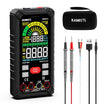
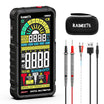
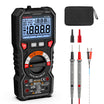
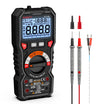
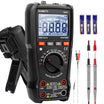
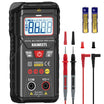
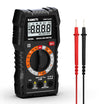
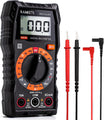
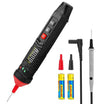
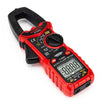
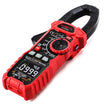
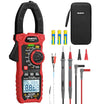
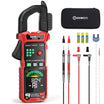
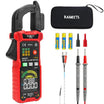
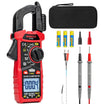

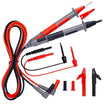
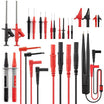
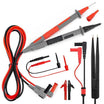

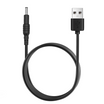
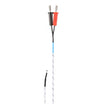
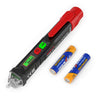
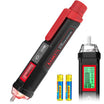
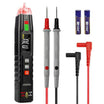
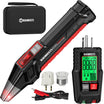
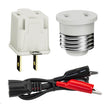
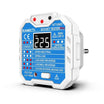
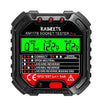
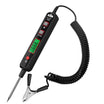
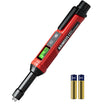
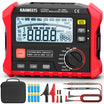
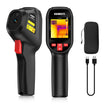
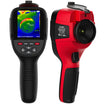
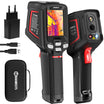
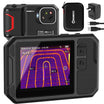
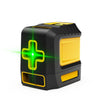
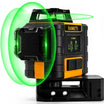
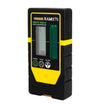
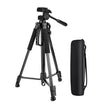
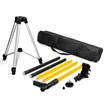



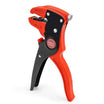
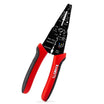
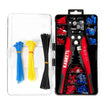
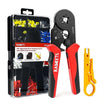
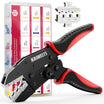
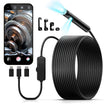
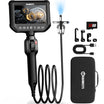
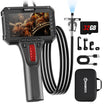
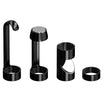
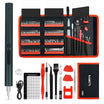
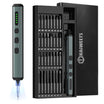
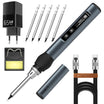
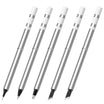
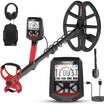
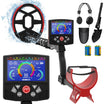
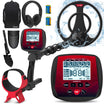
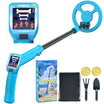
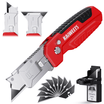


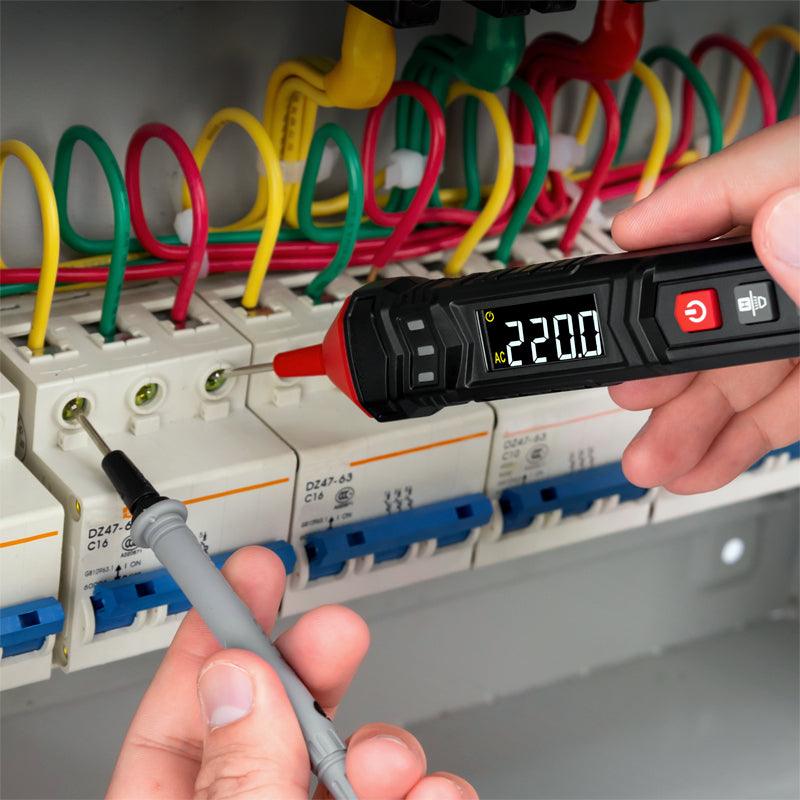

Leave a comment
All comments are moderated before being published.
This site is protected by hCaptcha and the hCaptcha Privacy Policy and Terms of Service apply.